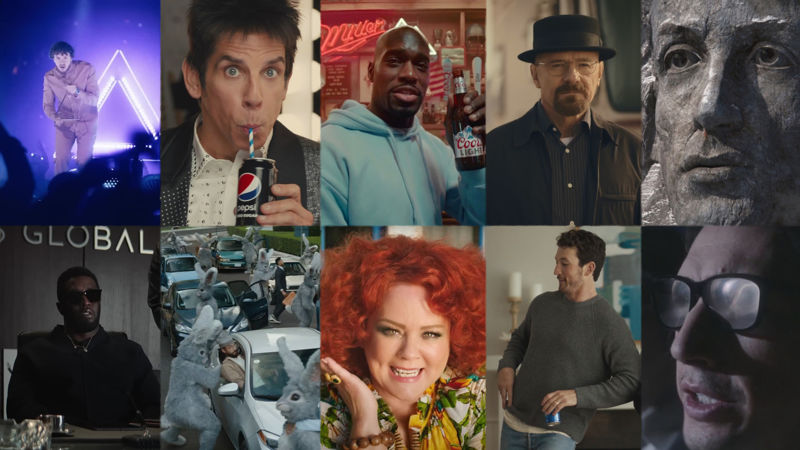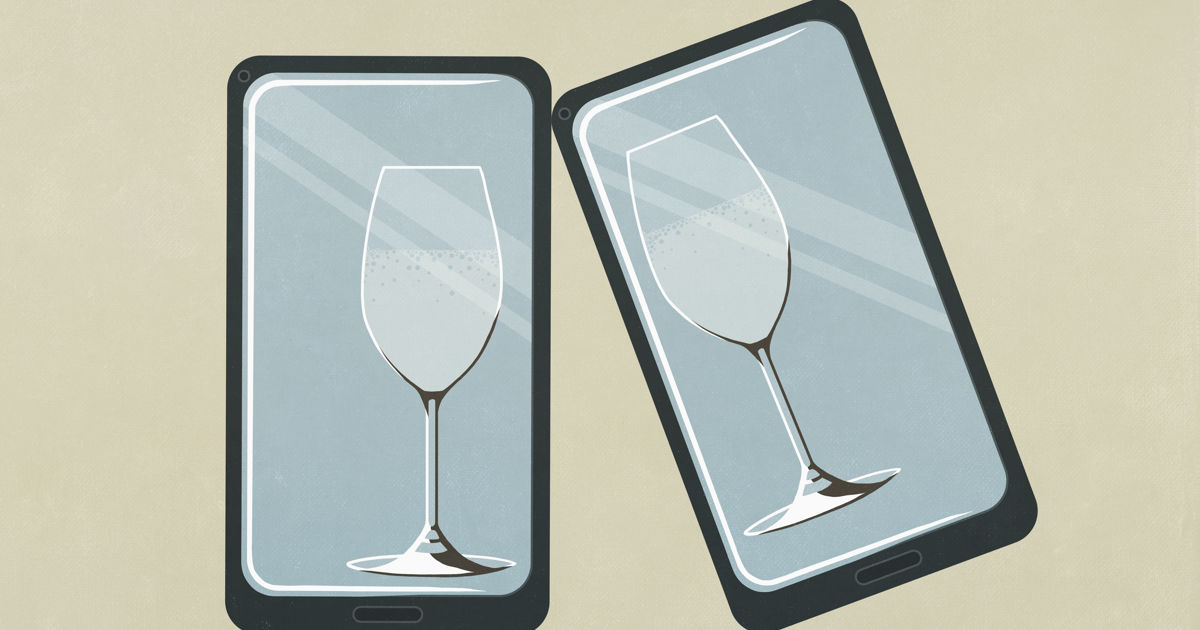How the hospitality industry can tap into Gen Z's emotions
With young people's approach to alcohol and how it's consumed changing, Sophie Abrahamovitch, Co-Founder and CEO of DUSK, examines how brands and advertisers can still capture the attention of Generation Z.
The 'damp' lifestyle has entered the mainstream. Just as Gen Z showed us that TikTok trends could come and go with incredible speed, this new way of drinking and thinking is proving to all - and particularly to the hospitality industry - that there’s still a lot to learn from this generation.
In an industry geared towards millennial tastes and sensibilities, tapping into Gen Z attitudes requires the ability to speak to them authentically and honestly.
Loosely defined as an attempt to consume alcohol more mindfully, the damp lifestyle is growing in popularity among this generation. But the hospitality industry needn’t be concerned with lower spends or a seismic shift to abstinence, because the opposite is true. Gen Z is still going out, still spending, and still drinking, there’s just been a behavioural shift.
There’s now an opportunity for brands and creative to reposition themselves and win over this audience. In an industry geared towards millennial tastes and sensibilities, tapping into Gen Z attitudes requires the ability to speak to them authentically and honestly. Tried-and-tested marketing gimmicks just won’t cut through anymore.
Credits
View on-
- Production Company Division/France
- Director Walid Labri
-
-
Unlock full credits and more with a shots membership
Credits
View on- Production Company Division/France
- Director Walid Labri
- Production Company Noir Productions/London
- Production Services B2Y Productions
- Editing Trim
- Post Production/Sound Design No.8
- Executive Producer Alice Wills
- Executive Producer Theo Gall
- Executive Producer Javier Alejandro
- DP Konstantin Mazov
- Production Designer Jane Vasilev
- Editor Fouad Gaber
- Managing Director/Producer Barny Wright
- Producer Ellie Thwaites
- Colorist Tim Smith
- Sound Designer George Castle
- Sound Designer James Benn
- VFX Supervisor Dimitar Itskov
- Composer Cajm
Explore full credits, grab hi-res stills and more on shots Vault

Credits
powered by- Production Company Division/France
- Director Walid Labri
- Production Company Noir Productions/London
- Production Services B2Y Productions
- Editing Trim
- Post Production/Sound Design No.8
- Executive Producer Alice Wills
- Executive Producer Theo Gall
- Executive Producer Javier Alejandro
- DP Konstantin Mazov
- Production Designer Jane Vasilev
- Editor Fouad Gaber
- Managing Director/Producer Barny Wright
- Producer Ellie Thwaites
- Colorist Tim Smith
- Sound Designer George Castle
- Sound Designer James Benn
- VFX Supervisor Dimitar Itskov
- Composer Cajm
Above: Brands such as Cortiez are leading the way in engaging Generation Z consumers.
DUSK has effectively grown its fanbase of Gen Z users and works closely with bars to help them tap into this audience. Below are a few of the best ways for hospitality businesses to reach, engage with and cater to these customers.
‘Un-advertising’ is king
For years now, some of the most forward-thinking hospitality brands have smartly ciphered their marketing budgets towards guerrilla and experiential campaigns alongside their 360° marketing strategies to attract and engage Gen Z. Similarly, Gen Z-aligned brands like streetwear fashion label Cortiez and dating app Thursday are also out there leading the way in their respective fields with this approach, effectively navigating this generation's sensitivities around ad fatigue and use of data.
But it’s not just about replicating the success of others. No one wants an army of Thursday copycats holding up handmade, cardboard signs in public places. Authenticity needs to be at the core of Gen Z marketing. It’s about being inspired by, not led by.
Stop trying
The era of photo op is over. If there’s one lesson to take into 2023 it’s ‘stop burning marketing budgets on flower installations’. You’re courting the wrong crowd; stunts like these were tailored for Instagram but trends have moved on, and that particular aesthetic has been replaced in favour of something more authentic.
Gen Z is increasingly growing into the ‘think local’ mindset. Try to position yourself as authentic, unfiltered, and at the heart of their community.
We’re seeing an increasing number of creative teams go for the laid-back approach of natural wine bars that are popping up across the country. Think London’s Top Cuvee or P.Franco, Manchester’s Erst or KERB; cool, pared-down spaces that let the product and vibe do the talking.
As for brands, those seeing the most successes are product-led, with a strong aesthetic, clear voice, and purpose. They’re tapping into where and how Gen Z are drinking, and building their marketing collateral around that. Gen Z is increasingly growing into the ‘think local’ mindset. Try to position yourself as authentic, unfiltered, and at the heart of their community, rather than something unrelatable and overly aspirational.
Above: Though not a hospitality brand, the language learning app, Duolingo, leans into a new marketing approach that is successful with Generation Z.
Super-influencers 2.0
Super influencers feel more aligned with the Instagram model of marketing, and that’s resonating less and less with Gen Z today. In fact, they migrate away from that, choosing to spend more time searching out ‘real’ content. Influencer campaigns remain a great way to tap into audiences you can’t reach in other ways, but they can be a minefield and need to be navigated carefully. It’s still relatively new territory for most in the industry, and we hear from many brands whose campaigns have been hurt by a lack of knowledge.
Smaller, micro influencer campaigns, managed in-house, far outweigh the success (and spend) of the super-influencer, agency-led approach.
What we have found is that time and time again, smaller, micro influencer campaigns, managed in-house, far outweigh the success (and spend) of the super influencer, agency-led approach. There’s a feeling of trust there, rather than just another #ad to scroll past.

Above: Gen Z may not be shying away from the idea of drinking, but the ‘damp lifestyle’ shows the nuance of how this generation behaves.
Know your audience
The ‘damp lifestyle’ shows the nuance of how this generation behaves. Gen Z is not shying away from the idea of drinking, but the movement’s rise does mean that hospitality’s traditional ways of engaging drinkers are no longer as successful. Hospitality businesses need, therefore, to tailor their comms with this in mind: it’s time to treat 'No' and 'Low' as part of an average week in the life of 18-23 year olds.
There’s no longer a ‘one-size-fits-all’ marketing playbook either. TikTok might be where you’ll find Gen Z, but it’s the last place for traditional ad techniques and creative. As you’ll have seen from the success stories of Duolingo and Ryan Air, chaos reigns, and the only way to learn is to fail.
So, spend time exploring these spaces, understand what content is killing it, and think about how you might adapt what you’re doing on other socials and channels to fit this new model.
)







